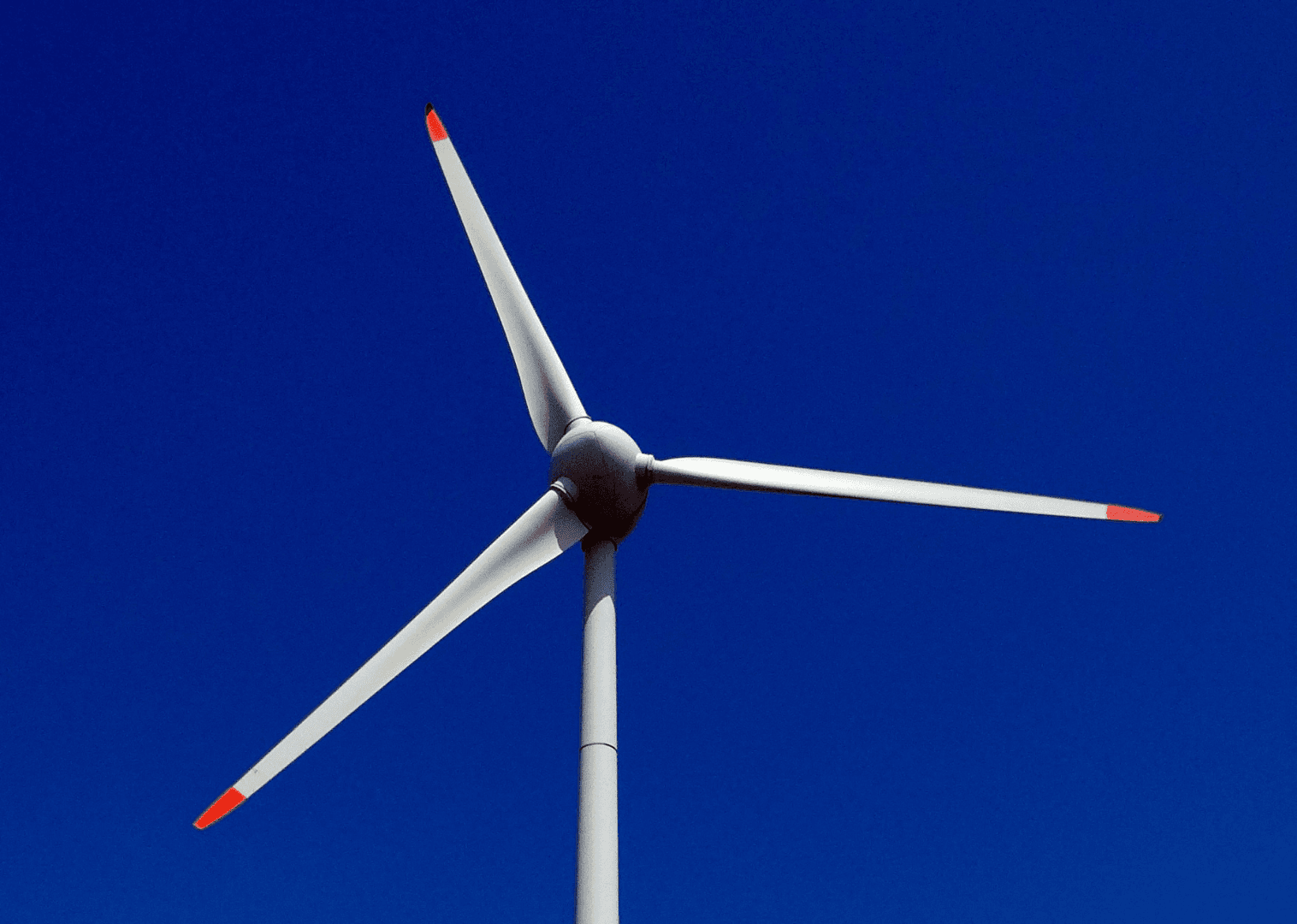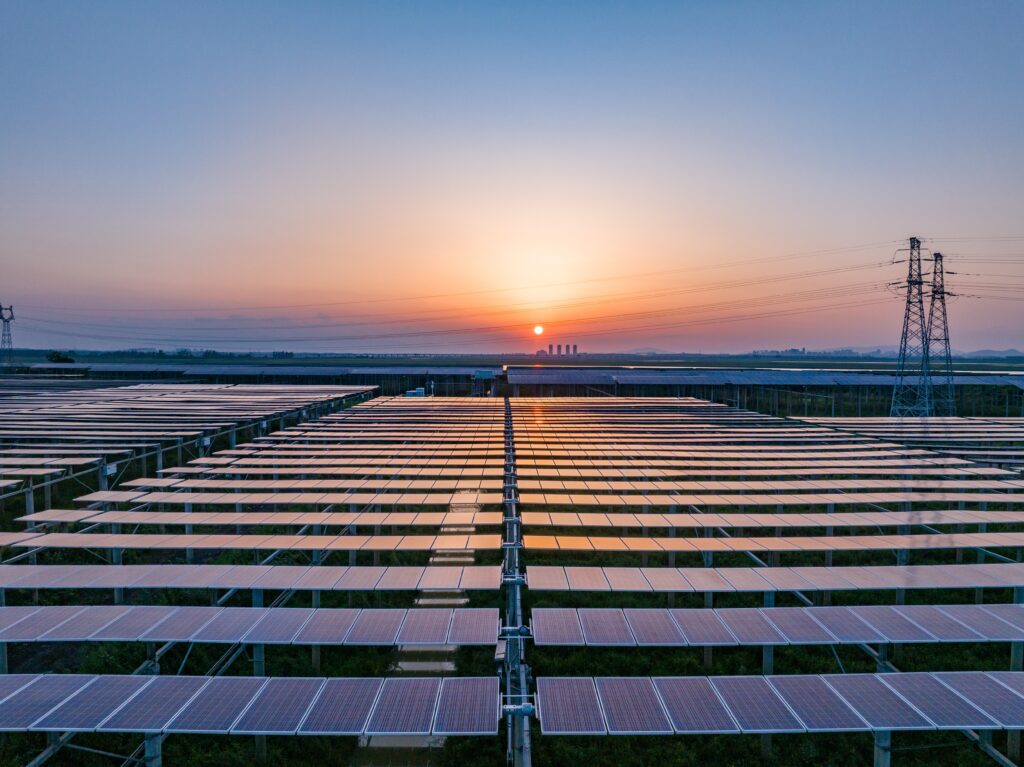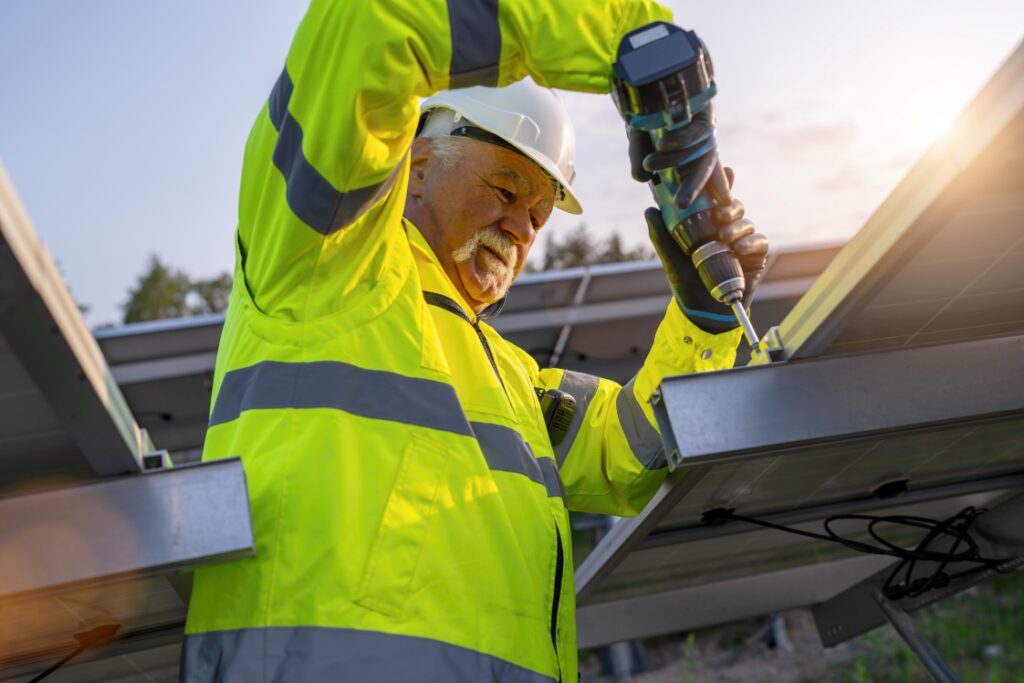By Oana Penu, Director of InnoEnergy Skills Institute
Europe’s clean energy transition is no longer an ambition. Anchored by the European Green Deal, Europe is scaling whole new industries. By 2035, over half of all new jobs in the EU will require skilled professionals and technicians, roles now being reshaped by decarbonisation and digitalisation. However, the focus is now shifting to workers. Ensuring that the workforce can step into the roles being created and have relevant, resilient, and transferable skills is of utmost importance.
The market is already signalling urgency. According to LinkedIn’s Economic Graph, European job postings requiring green skills rose by over 22% in a year, but the supply of workers with those skills increased by only 12%. That mismatch drives a hiring premium: candidates who can show green competence are hired more often and can move between roles more easily. Upskilling now is the shortest route to opportunity. And the demand will persist. Cedefop’s forecast to 2035 shows that more than half of EU job openings will be for skilled professionals and technicians as Europe decarbonises and digitises. Growth is flowing toward high-skill work. The message for learners and employers alike is clear: invest in green capability early and often.
Batteries: Adaptability is Key
The battery industry shows why resilience, transferable skills and adaptability are key. Ambitious gigafactory plans once promised thousands of new jobs, but some projects slowed or shifted over time. Yet the workforce did not evaporate. Trained people have been redeployed into stationary energy storage, where Europe added record capacity in 2024; into systems integration as storage links with grids; and into recycling as circular supply chains mature. Core know-how on cell and module manufacturing, quality and safety, power electronics, commissioning and maintenance is proving to be transferable when it comes to skillsets.
LinkedIn’s Global Green Skills Report 2023 also shows green-skilled professionals transition into other clean-tech roles more readily and are hired at higher rates than the average worker.
Shifting Frameworks into Real Jobs
Europe already knows what a future-ready workforce should look like.
The European Skills, Competences, Qualifications, and Occupations (ESCO) framework has built a taxonomy of 381 green skills and developed a system for measuring the “green intensity” of occupations. This provides a clear method for identifying which roles are most aligned with the net-zero transition.
InnoEnergy has mapped over 600 job profiles across the clean energy value chain. These profiles span raw materials processing, battery manufacturing, integration, grid connection, and recycling. They offer concrete guidance for training, reskilling, and redeploying workers. Through its Skills Institute, InnoEnergy is working to reach, directly and indirectly, 800,000 individuals by the end of 2025, offering targeted upskilling solutions built on real labour market needs.
These tools define what “green” work entails and provide recognisable credentials.
Raising the Green Content of Today’s Jobs
Many roles are still only lightly “green”, which signals headroom to upgrade existing jobs rather than replace them. In Spain, an ESCO-based analysis by BBVA Research (2025) finds an average green intensity of 5.1%, with 591 green competencies out of 14,575, and 71.5% of occupations below the 5% mark. This is practical evidence for targeted upskilling to raise the green content of mainstream occupations.
At the same time, some countries are moving fast: the Nordic Region had 24.6% of workers in green jobs in 2021 (task-based OECD method), with Sweden at 26.6%, reflecting early momentum in embedding green skills in VET and work-based learning. The Netherlands couples a €35 billion Climate and Transition Fund and the SDE++ support scheme with a national industrial CO₂-levy to steer capital and talent into clean technologies. Germany is also expanding clean-energy investment while advancing a National Skills Strategy to boost continuing training for the transition. Together, these demand signals prove that upskilling moves students, workers and employers into growth lanes where investment is already flowing.
What to expect in the years ahead?
Green jobs will evolve existing roles rather than replace them
Most new green jobs will not be entirely new. Instead, existing logistics, construction, and manufacturing roles will take on additional green functions. Workers already have the technical foundation. They need training that adds new layers so people move up the value curve rather than start from scratch. Examples include emissions tracking, energy optimisation, and sustainable materials handling.
Green Skills Frameworks Will Shape National Policy and Education
ESCO’s taxonomy and InnoEnergy Skills Institute’s job profiles will increasingly be embedded in national training systems. Governments and education providers will use green intensity as a benchmark for designing programmes and allocating resources. Countries that move quickly will be better positioned to attract investment and build more resilient labour markets.
With the Right Measures, Regional Gaps Can Narrow
Regions with strong industrial ecosystems will gain the most from the clean energy transition. Put in place, these measures help spread opportunity and keep momentum broad-based.
What Europe must do now
Build Training Systems Around Existing Skill Frameworks
ESCO and InnoEnergy Skills Institute have already defined the green jobs and the skills needed to perform them. National systems should adopt these profiles to guide the design of vocational programmes, apprenticeships, and modular certifications so that training links directly to fundamental roles.
Increase Green Intensity Across All Occupations
Rather than focusing only on new jobs, governments and employers should raise the green content of current roles. Embedding sustainability principles into technical education and professional development across sectors upgrades today’s jobs and opens doors for more people.
Target Investment Toward High-Risk, High-Potential Regions
EU and national funding should focus on areas with strong potential for green job creation and high vulnerability to disruption. Pair investment with retraining, workforce mobility, and clean-technology innovation to convert projects into lasting employment.
Improve Labour Market Intelligence to Anticipate Bottlenecks
Use real-time job-posting analytics and employer surveys to identify where skills gaps are forming. Faster insight allows faster responses and better coordination between training and demand.
Ensure the Transition Is Fair, Inclusive, and Workable
A just transition is not just about climate targets. It is about economic stability and credibility. Displaced workers should have access to high-quality retraining, decent wages, and future-oriented career paths, turning disruption into opportunity.
Looking forward
Europe is not starting from zero. It has a strong base of transferable skills, clear demand signals and proven frameworks. The work now is to connect them by raising the green content of current jobs, scaling upskilling solutions that travel across clean tech value chains, and anchoring training in real, funded projects.
By doing this, workers gain mobility and progression. Employers will fill roles faster. And Europe can build the clean energy workforce it needs, and one that creates jobs that last.



